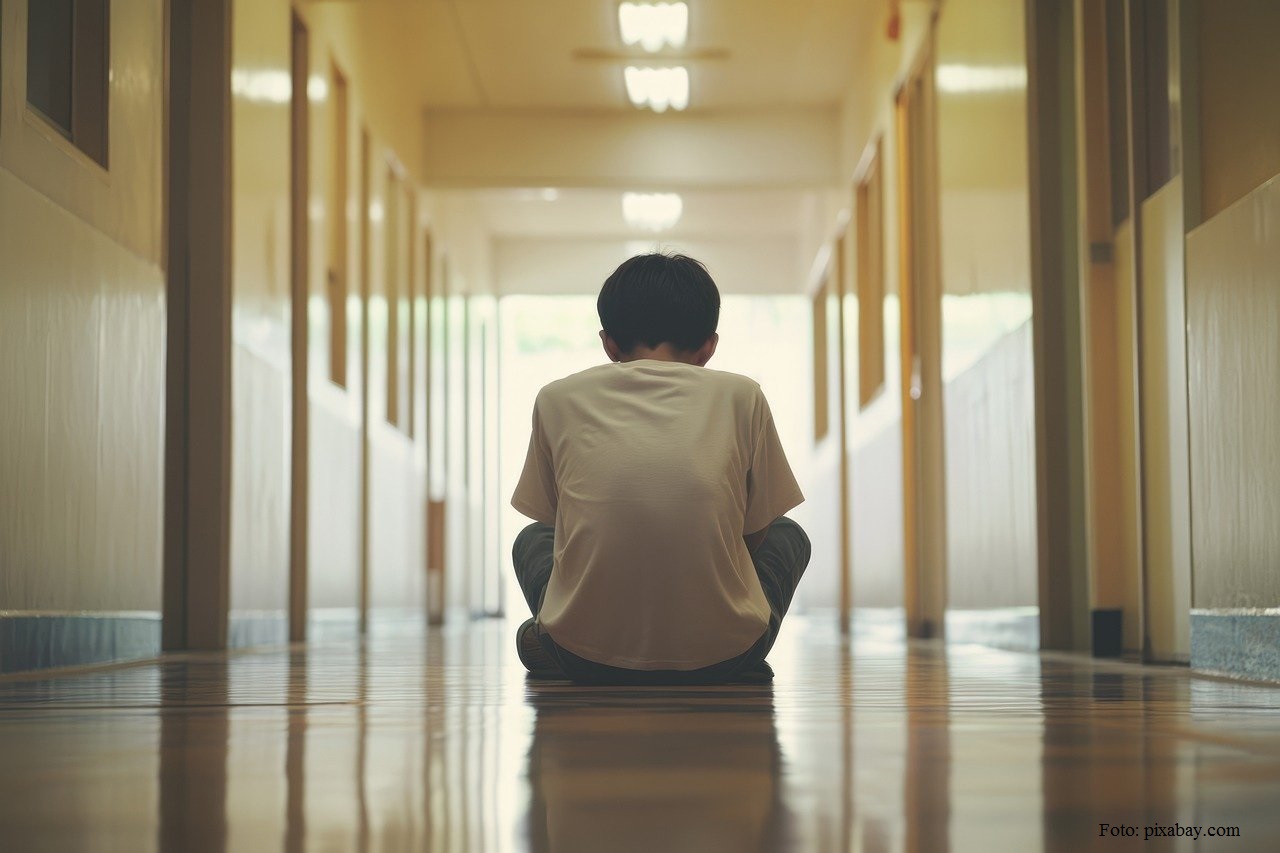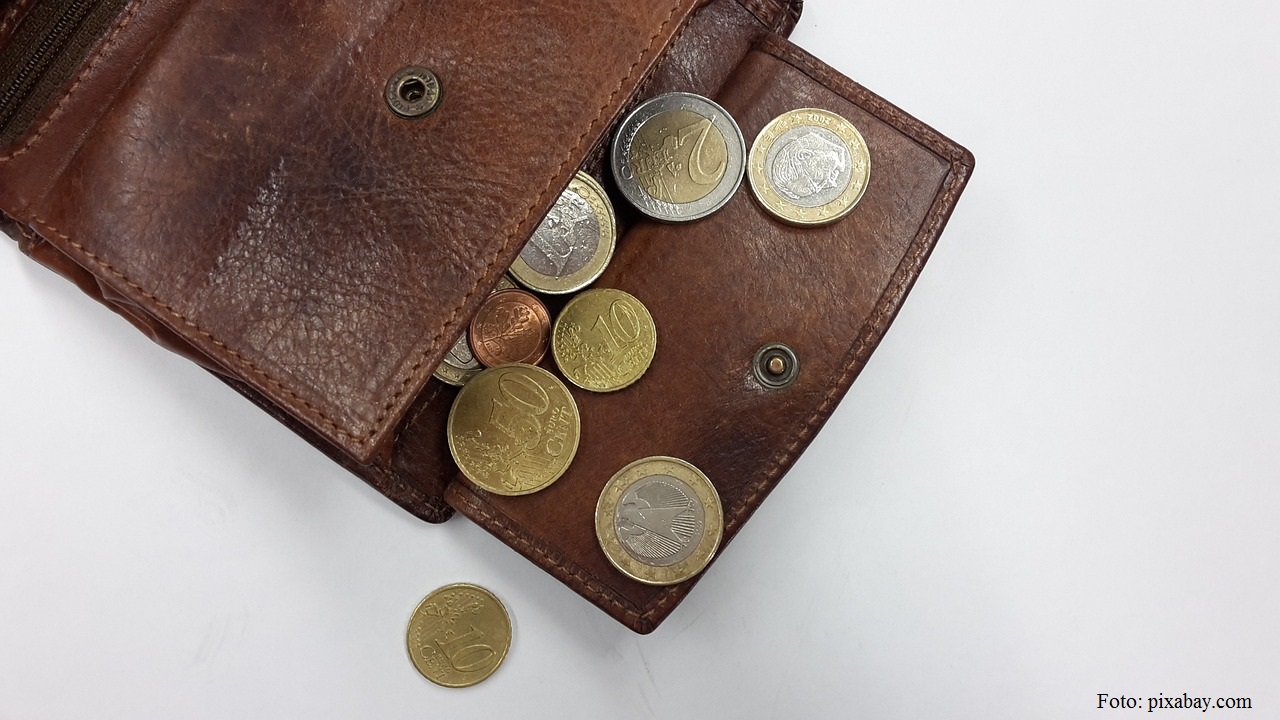Children, among the most vulnerable social categories in Romania
According to a World Vision report, more than half of the children in rural areas have health problems and drop out of school.

Christine Leșcu, 15.01.2014, 12:52
In Romania, 47% of the people live in the countryside. With that in mind, one would be inclined to think that these people can live on subsistence farming and that extreme poverty is out of the question. Statistics show a different reality, though. In rural areas, the number of people living below the poverty threshold is six times bigger than in urban areas. Children are the most affected by this situation and not only those who live in the countryside.
More than half of the children in Romania are at risk of poverty or social exclusion — 52.2% in 2011 – the highest level in the EU. Such data transpire in the large number of malnourished children who have related health problems as well as in school dropout figures. Daniela Buzducea advocacy director with the “World Vision” Foundation Romania confirms that these problems are more acutely felt in the rural areas:
“There are many children who suffer from malnutrition in Romania. Studies confirm that 1 in every 10 children aged under 3 is undernourished. This can be explained by the fact that mothers don’t have a balanced diet themselves. Iron deficiency is quite common. Two years ago we conducted a survey on how well children eat and we discovered that one in every 10 children go to bed feeling hungry. The impact of this phenomenon will lead to health problems later in their life.”
School dropout minimizes the chances for these children to find a good job as grownups on a highly competitive single European labor market.
“Over the past few years, we have been witnessing a constant increase in the number of children who do not go to school. Around 40 thousand children abandon school every year. The situation is very serious in rural areas, where, according to a World Vision report, the distance to school is one of the main reasons for school dropout. Children from these areas have significantly poorer results in national exams. In 2011 about 30% of the children in rural areas got very low grades at the final secondary school exams, as compared to only 13% in the urban areas. So there is a quality difference between the rural and urban levels of education.”
The nongovernmental sector, through some of its representatives, such as the World Vision Foundation, have been conducting programs to support poor children. The foundation’s press officer, Oana Serban, tells us more about one of these programs, called “Donors for a promising future”.
“Donors for a promising future is a program aimed at reviving civic initiative in people. We work jointly with the local authorities, other NGOs and even trade partners. It’s easy to become part of the program. Each donor contributes 68 lei per month benefiting certain children and the community as a whole. The money goes to a fund that finances community projects. Equipping schools with labs and computers or connecting them to electricity grids are such examples. There are many things that can be done for these children. The program addresses 600,000 children and we have already found donors for 160,000. So we still have work to do. “
The Donors for a promising future program encourages the relation between a donor and the child he or she supports. The two often exchange letters and the donor also goes to the child’s community to visit and check the manner in which the community uses donations to support these children. Entrepreneurship is thus encouraged, as one of the donors, pianist Nicolae Dumitru, told us.
“The program ‘Donors for a promising future’ is aimed at combating civic apathy. It is one thing to give some money for textbooks or footwear and it’s quite another to go there yourself to see how things stand. Our presence would have a greater impact on the community. These children really need an energy boost from time to time, to have the courage to try and change their destiny. “
“Donors for a promising future” is currently implemented in several rural communities in the county of Dolj, the area with the biggest number of poor children. If more donors get involved in the program, it might be extended to other areas.
15.01.2014
Radioman — RRI 2- RRI MUZICAL — HITUL ZILEI 15.01.2014 Dacă iubeşti fără să speri” — Florin Bogardo
Olivia Cristina Sima
HITUL ZILEI: Dacă iubeşti fără să speri” — Florin Bogardo
În fiecare an, 15 ianuarie şi 15 iunie sunt două repere unice şi clare pentru orice român, oriunde s-ar afla: naşterea şi respectiv săvârşirea din viaţă a poetului naţional, nepereche”: Mihai Eminescu. Din anul 2010, 15 ianuarie a devenit în România Ziua Culturii Naţionale”, cu manifestări pe măsură, în semn de firesc omagiu adus geniului de la Ipoteşti / Botoşani (nord est). Mesajul special al creaţiei eminesciene a inspirat la rându-i alţi creatori întru frumos, în muzică Florin Bogardo — compozitor şi interpret de mare rafinament fiind un etalon. Una dintre numeroasele piese compuse pe versuri de Eminescu şi tălmăcite de artist este de această dată HITUL ZILEI la RRI: Dacă iubeşti fără să speri”.
Muzică — 2’43”- Prod. Electrecord 2010
0000000000000






























